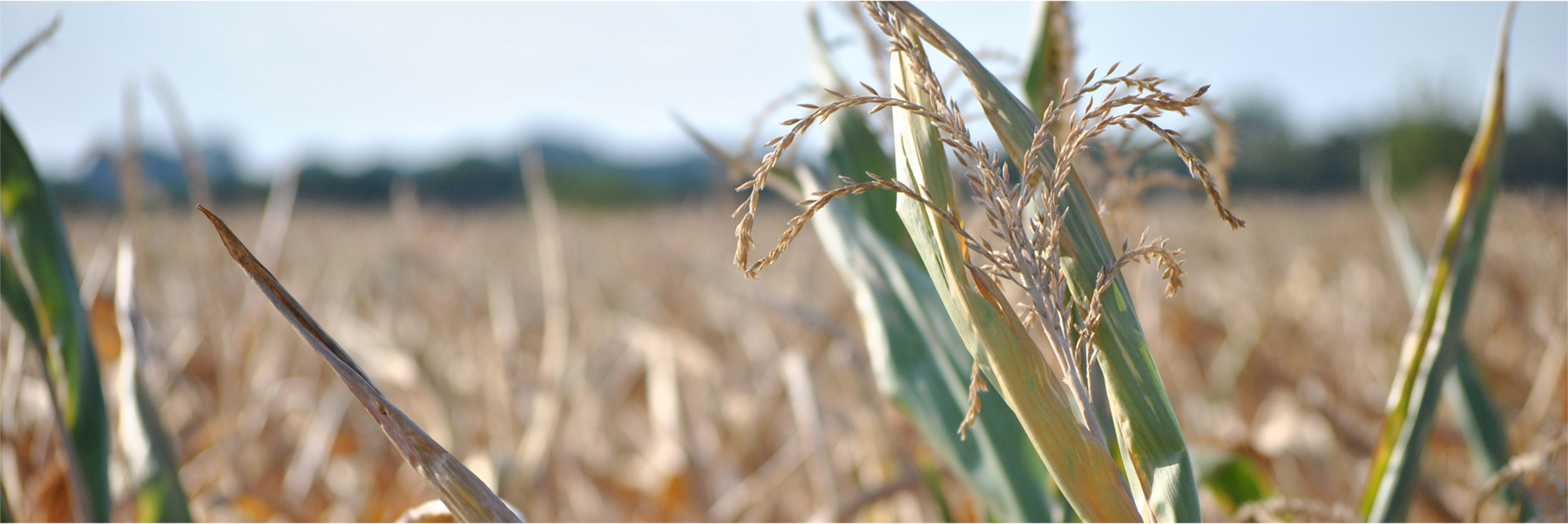Study delves into the challenging issue of intense, quickly-developing "flash droughts"

Flash droughts are a recently recognized type of extreme event that unfolds suddenly, intensifies rapidly over weeks or months, and imposes severe economic, ecological, and human impacts. Flash droughts challenge scientists to reassess the capability of traditional drought-monitoring and forecast practices to both describe and anticipate such occurrences. Rapid drought development is inherent to extreme weather variability, and the changing frequency and severity of such events in a warmer world also raises new questions on whether flash drought frequency is also changing.
In a new article published in Nature Climate Change, NOAA and CIRES researchers at the Physical Sciences Laboratory (PSL) and their co-authors discuss the existing prediction capability for flash droughts and what is needed to establish their predictability. The NCAR-led study provides an agenda for future directions of research with respect to establishing their underlying physical processes and limits of predictability, providing early warning, events-response and climate-change impacts on flash droughts.
Flash droughts, either as rapid onset of a new drought, or a sudden intensification of existing droughts, challenge monitoring systems that are intended to gauge the state of land surface moisture availability needed to support healthy agriculture, hydrology, and commerce. A challenge for the scientific community is to identify the features and causes of such flash droughts, and to provide meaningful definitions and prognosis that can inform early warning systems. It is known that they occur in the presence of low rainfall, and that evaporative demand (“the thirst of the atmosphere”) is also an important driver of their development. Therefore, the prediction systems of these flash events must address both precipitation and the range of conditions that drive strong evaporative demand, including winds, temperature, humidity, and solar radiation. The authors outline possible approaches for diagnosing the origins of such events, emphasizing a need to better understand the physical processes of how the land surface responds to, and interacts with, meteorological drivers.
Hydrologists, meteorologists , and drought stakeholders increasingly recognize flash droughts as events that can have severe impacts across many sectors. This study provides a perspective on identifying flash droughts, the predictive needs of stakeholders, and the predictability of flash droughts at useful timescales.
PSL authors of the Nature Climate Change article "Flash droughts present a new challenge for subseasonal-to-seasonal prediction" include: Roger Pulwarty, Mike Hobbins, Andrew Hoell, and Martin Hoerling.
Posted: March 2, 2020